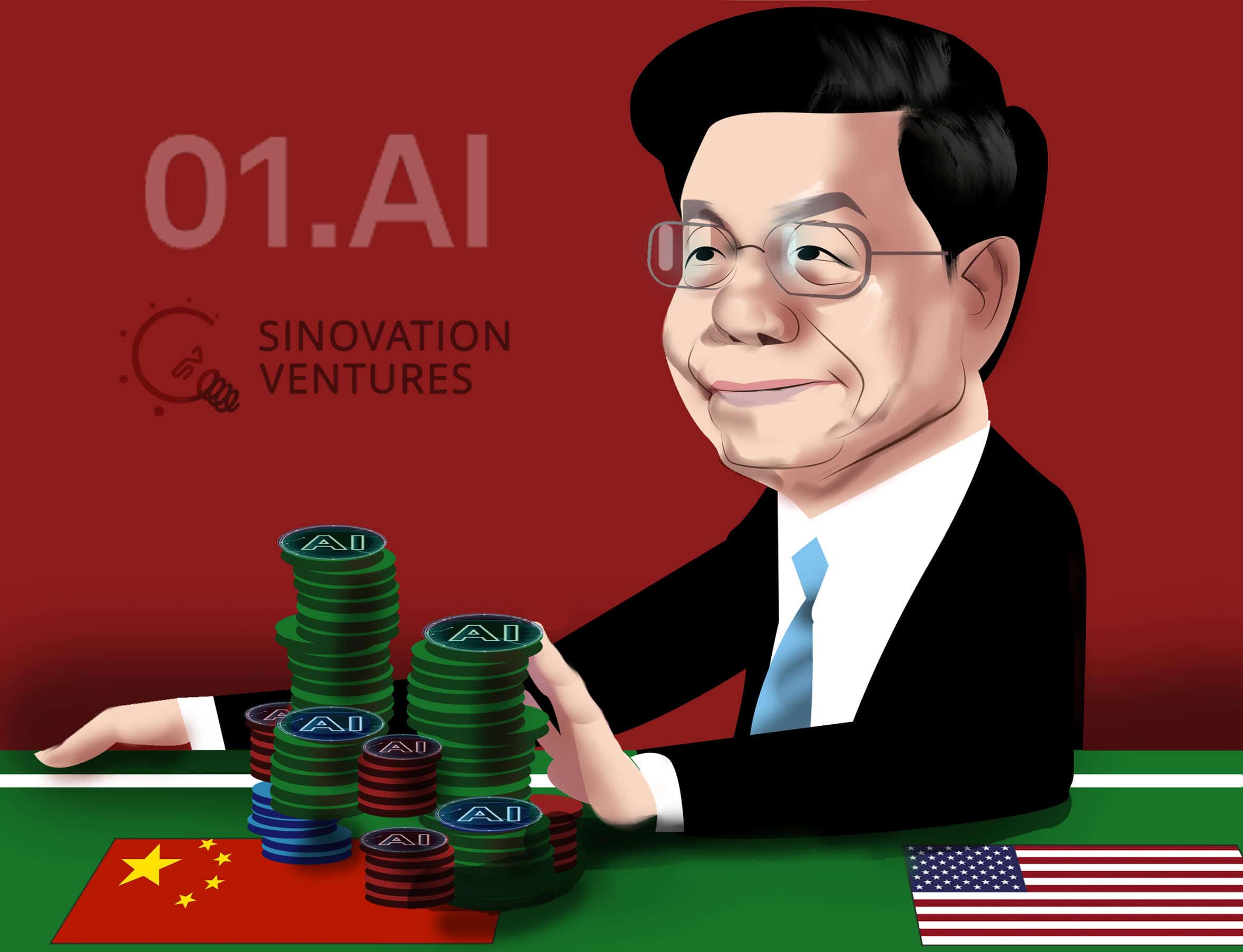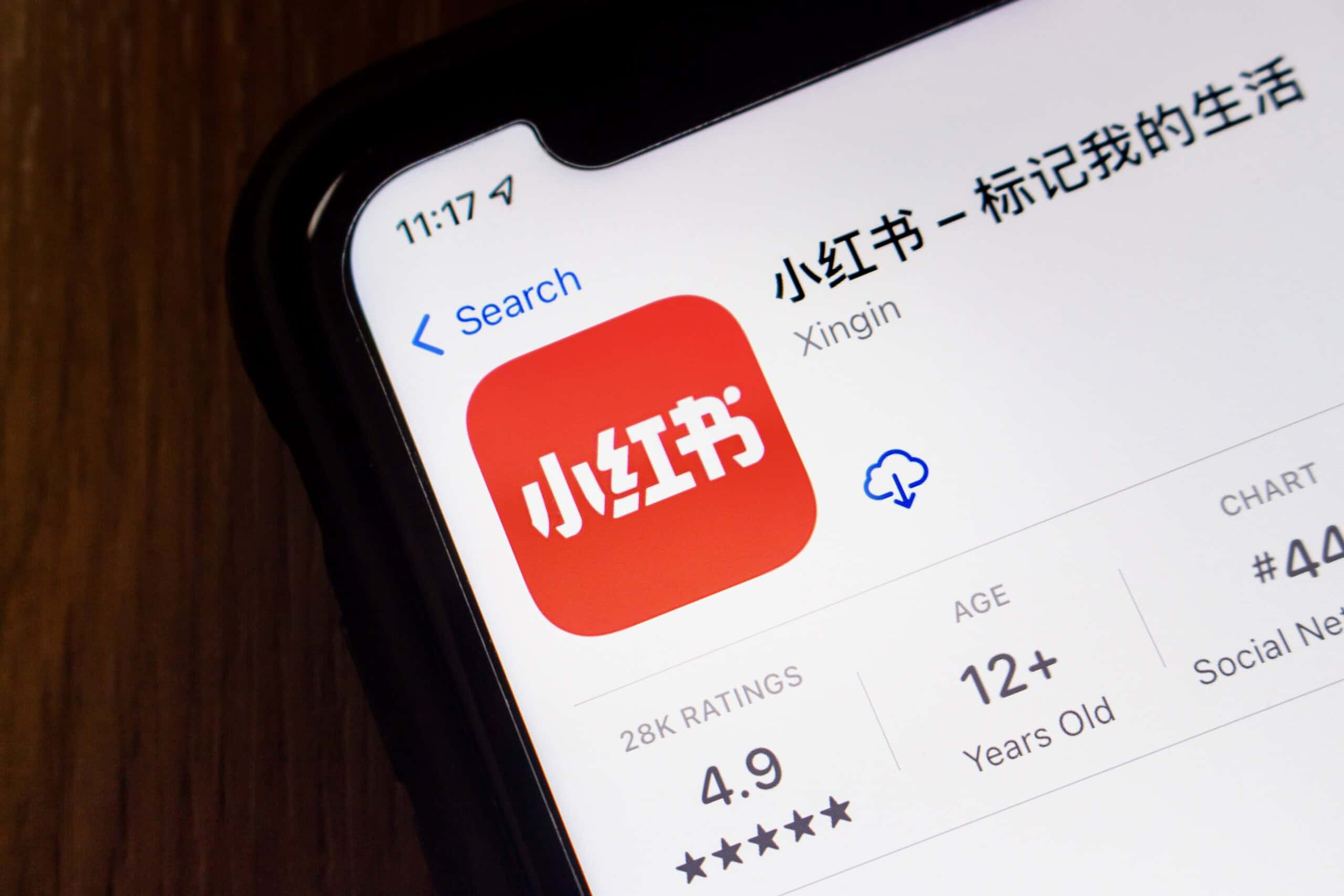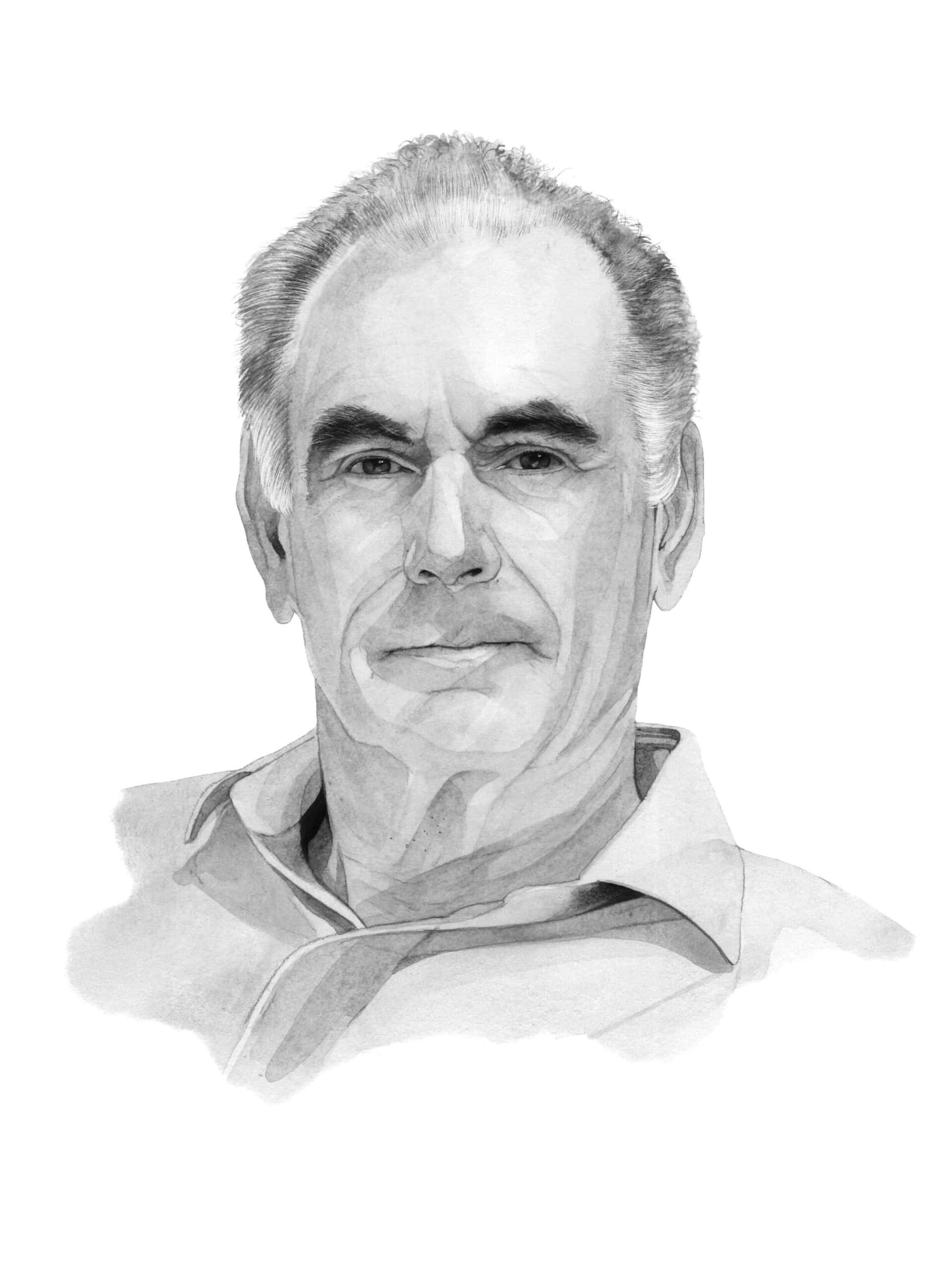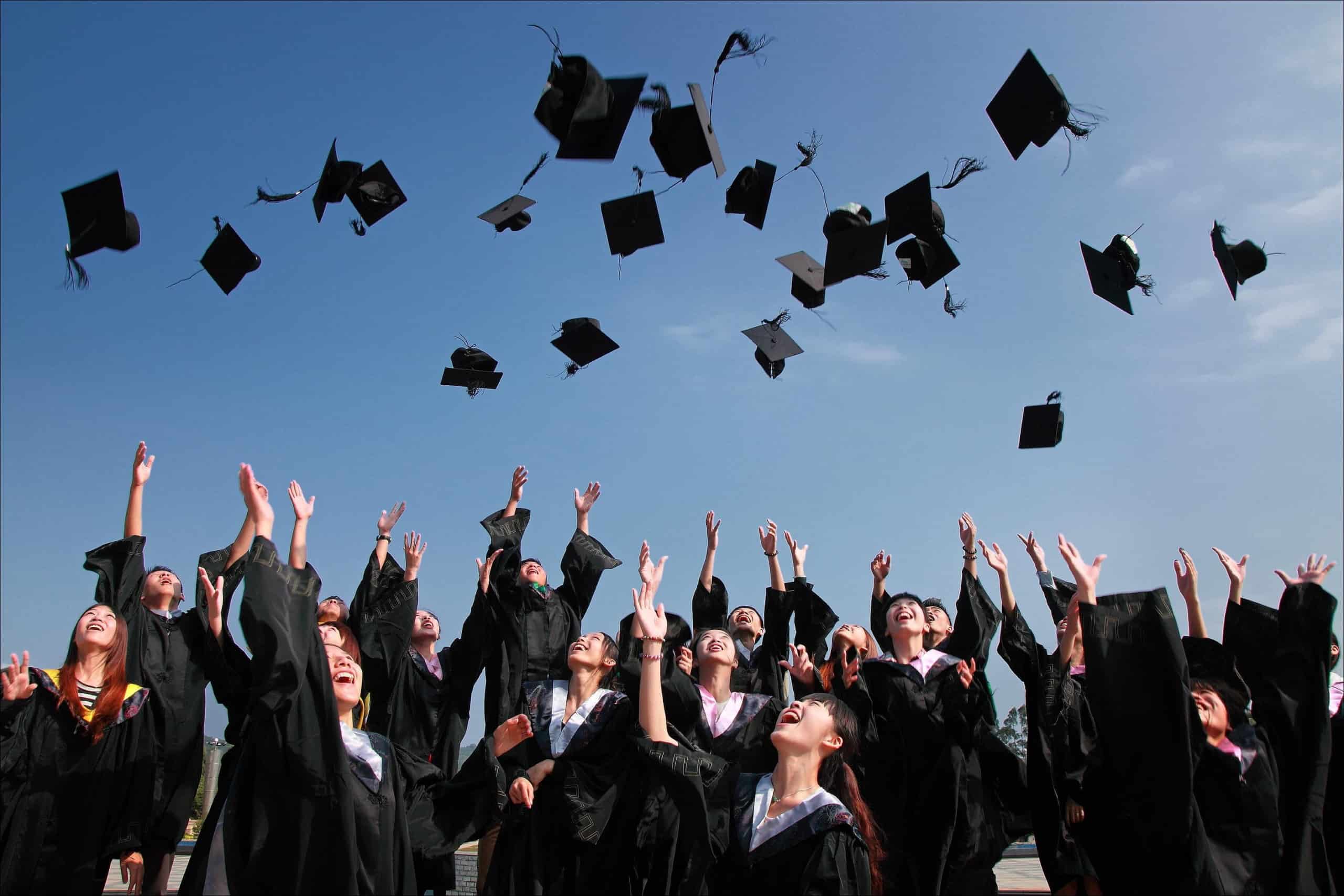
When students return to American university campuses in the next few weeks, many things — such as mask mandates, social distancing measures, and vaccine requirements — will feel different from before. There will also be one other big change: far fewer Chinese students attending alongside them than normal.
Attracted by some of the world’s best universities offering a more flexible educational approach, Chinese students have long been the largest international contingent at U.S. colleges. From 2005 to 2019, Chinese student enrollment at American colleges and universities grew by more than 490 percent to about 372,000 students, according to Institute for International Education data.
But the growing tensions between the U.S. and China and a global pandemic has slowed — and may now have reversed — that growth. According to early Common Application data, there was an 18 percent drop in Chinese applicants seeking to enter this fall semester, even though there was a surge in applications from countries like India, U.K., and Brazil.
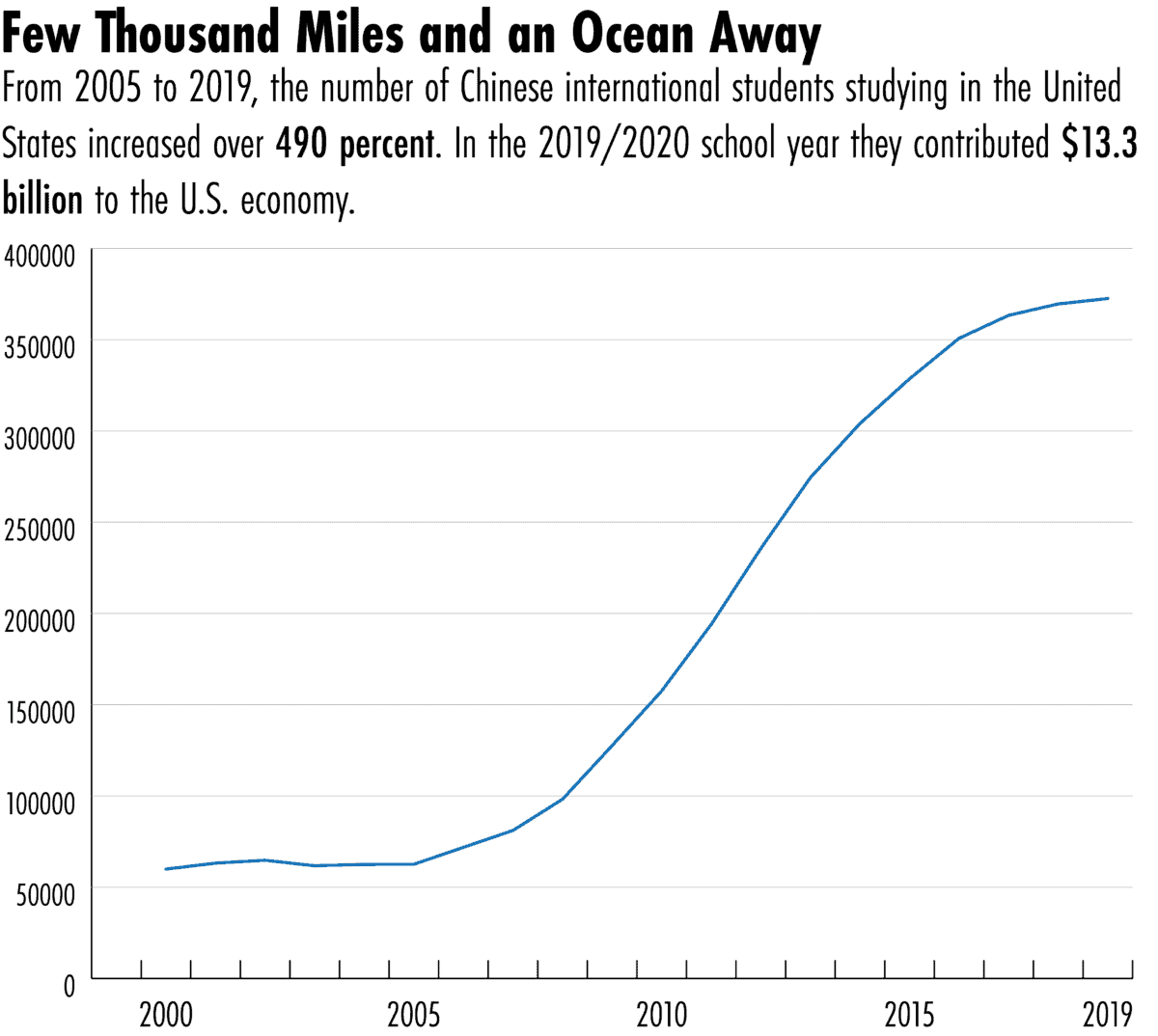
Universities are now worried about how this trend will impact their bottom line. Chinese students contributed $13.3 billion to the U.S. economy in the 2019–2020 academic year, according to estimates from NAFSA, the association of international educators. Though many analysts expect the numbers to rebound slightly after the pandemic, few predict that Chinese student enrollment, and the revenue that comes with it, will grow at the rate it has over the past decade.
“There are always going to be students going to the U.S., but we may have already hit peak China,” says Shawn Moore, a Beijing-based admissions officer recruiting students in China for New York’s Bard College.
Academic and student exchange between the U.S. and China resumed as part of the 1978 agreement that normalized relations between the two countries. “It has contributed so much to the U.S.-China relationship, and the people-to-people relationship. But it seems like we have forgotten about that now,” says Xin Wang, an associate professor of China studies at Baylor University who studies Chinese students at American universities. “This will impact the diversity of the student body — that means different views and different perspectives will be limited. This will also affect [universities’] revenue significantly.”
Public universities have the most to lose financially. After state funding for public universities fell in the early 2000s, many of the schools sought to make up the difference by enrolling more international students, who typically pay full tuition. Private universities are far less dependent on government funding, relying instead on endowment income, private donations and the revenue they generate from higher tuition rates.
“Public universities have been losing money from the state government, because the first thing that the government touches during a recession is usually higher education,” says Gaurav Khanna, an expert on international student enrollments and an assistant professor of economics at the University of California, San Diego. And if they now start to lose revenue from Chinese students, Khanna says, “they may have to raise in-state tuition, which makes it harder for local students, and cut budgets. That would really hurt the quality of the universities.”
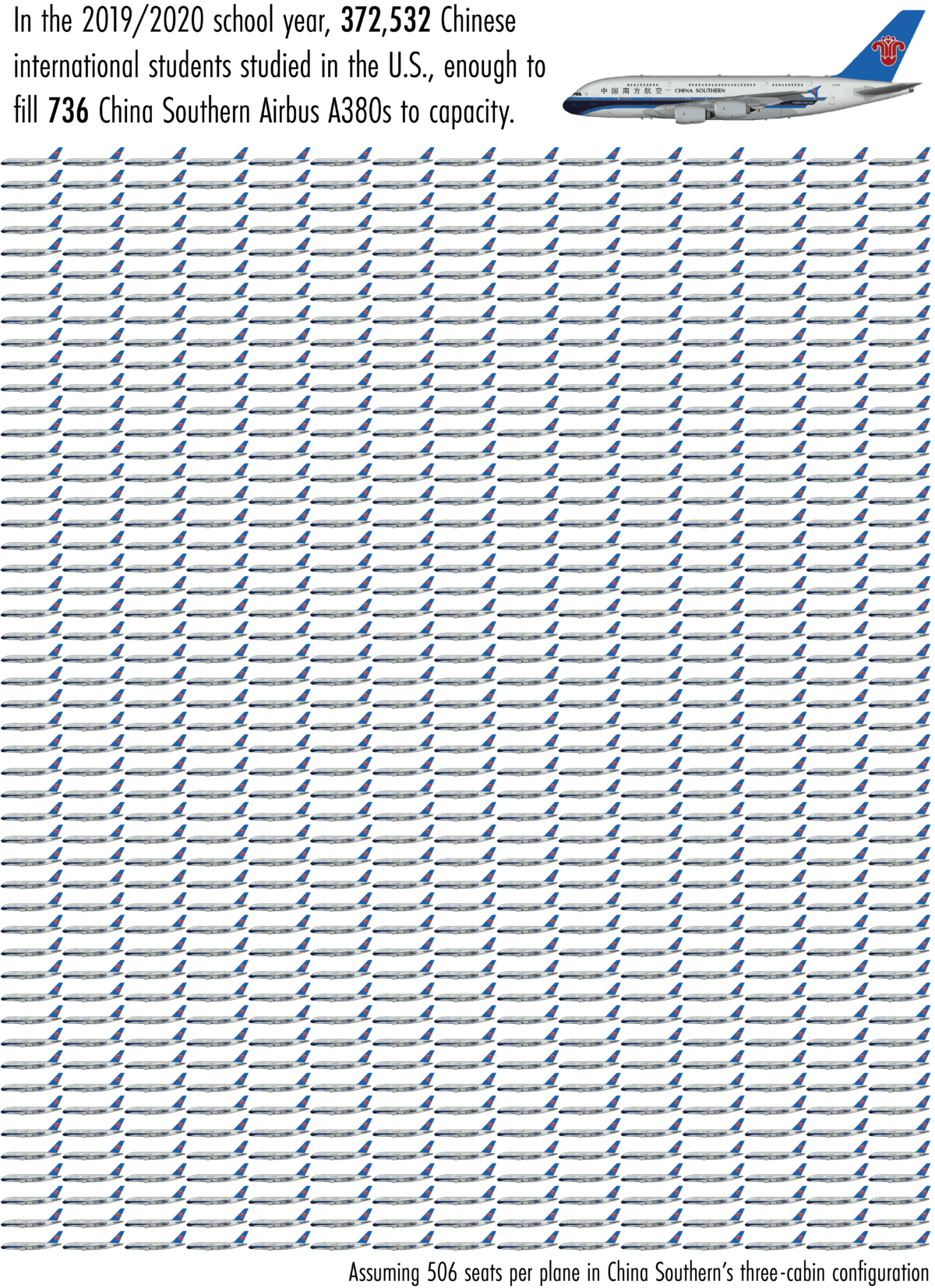
To illustrate just how dependent some public universities are on this revenue stream, the University of Illinois at Urbana-Champaign took out an insurance policy in 2017 to protect itself financially if a sudden drop in Chinese student enrollment occurred. In a seemingly clairvoyant statement reported by Reuters, the dean of the university’s business school at the time argued for purchasing the $61 million policy in case of a nightmare scenario like a “big flu scare.”
Ji-Yeung Jang, interim executive director for global affairs at Ohio University, says that the school only had 142 Chinese students last year, down from a peak enrollment of nearly 1,000, and her expectations for a post-pandemic rebound are low. This rupture, Jang says, has prompted the university to reevaluate its international strategy. “It gives us an opportunity to think about other markets,” Jang says, citing India, South East Asia, and Latin America.
Kenneth Reade, the director of international student and scholars services at the University of Massachusetts, Amherst says that his institution tried not to be overly reliant on Chinese students even before Covid-19. “We have purposely not overleveraged Chinese students. You don’t want to have all the eggs in one basket,” he says. “But it is still a very important market for us.” UMass Amherst’s Chinese applicants were about 10 percent lower than normal this year, according to Reade, and Chinese enrollment is down by about 20 percent.
Besides Covid-19, which has disrupted international mobility, flight capacity and the safety of traveling abroad, broader political tensions have also contributed to the decline in Chinese students wanting to come to the United States. The Trump administration put in place a visa ban for Chinese graduate students affiliated to universities with ties to the People’s Liberation Army, and targeted Chinese scientists on national security grounds through the Justice Department’s China Initiative.
The rise in anti-Asian hate crimes in the U.S. has also been of great concern for prospective Chinese students and parents. “The anti-Asian racism has been a big factor. That is on the top of Chinese parents’ minds,” says Xiaofeng Wan, the associate dean of admissions at Amherst College. “When they send their children, often their only child, to another country, they want to make sure they are at least safe.”
Other countries are set to benefit, with Chinese students wishing to study abroad likely to seek out institutions elsewhere. Universities in the U.K., Canada, and Australia have already stepped up their efforts to attract Chinese students, making it easier for them to stay in the country after they graduate. Chinese applications to U.K. universities increased by 77 percent in the years from 2013 to 2019, according to data from the Universities and Colleges Admission Service.
Still, China will likely remain the top source of international students at U.S. universities, “because there is no country in the world that can replace China with the biggest pool of students desiring American higher education and able to afford it at the same time,” says Yingyi Ma, an associate professor of sociology at Syracuse University and the author of Ambitious and Anxious: How Chinese College Students Succeed and Struggle in American Higher Education (2020). Many predict that elite private universities, which are less dependent on Chinese student tuition, will experience the smallest drop in enrollment.
Abbie Chen, a senior at University of Florida who grew up in Chongqing, in southwest China, says that while politics and the pandemic are dissuading Chinese students from studying in the U.S., she believes that there will be some rebound in the numbers post pandemic. “The U.S. is now one of the most powerful nations in the world,” she says. “Chinese students will want to broaden their eyes to see why and how the U.S. is good at making various innovations.”
Chris Glass, a professor of education at Boston College and the editor-in-chief of the Journal of International Students, says the U.S. should do more to maintain its competitive edge with Chinese students, especially in the STEM fields. For example, Glass says the U.S. should put in place immigration policies that make it easier for Chinese students to stay on by extending the Optional Practical Training program, which allows international students to work in the U.S. for one year after graduation. Glass also says that President Biden should repeal the previous administration’s restrictions on Chinese student visas.
These steps, Glass says, will have a much broader impact on the American economy than just the tuition dollars. “People always think about this like the Super Bowl, people go and leave and the story is over. But that is only the beginning of the financial story. If these students stay, they can create scientific breakthroughs, they can become civic leaders. Even if they return to their home country, they can be involved in scientific networks where cooperation is necessary. What is the cost when we shut the door? Everything.”

Katrina Northrop is a journalist based in Washington D.C. Her work has been published in The New York Times, The Atlantic, The Providence Journal, and SupChina. @NorthropKatrina

